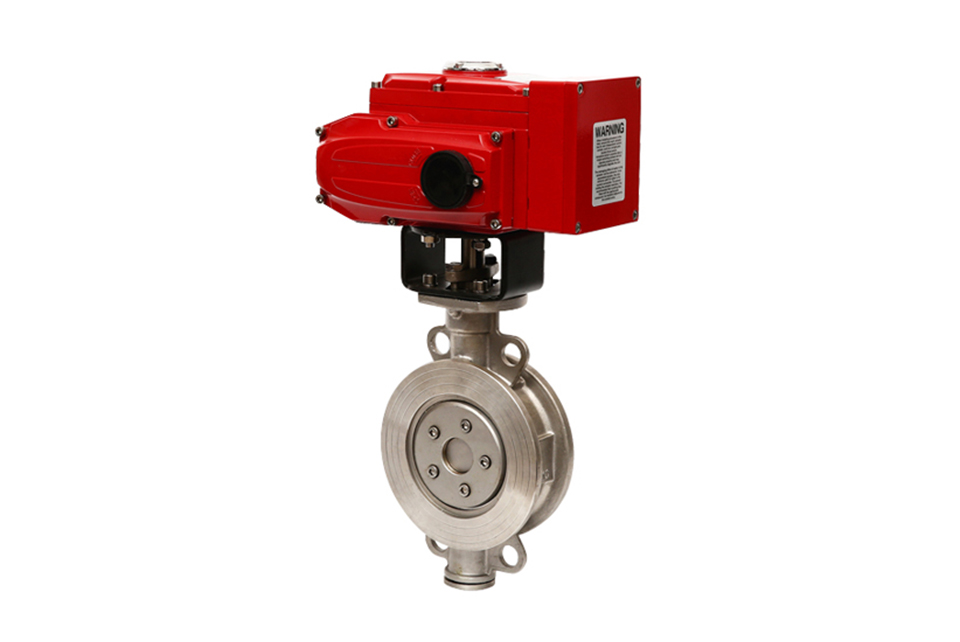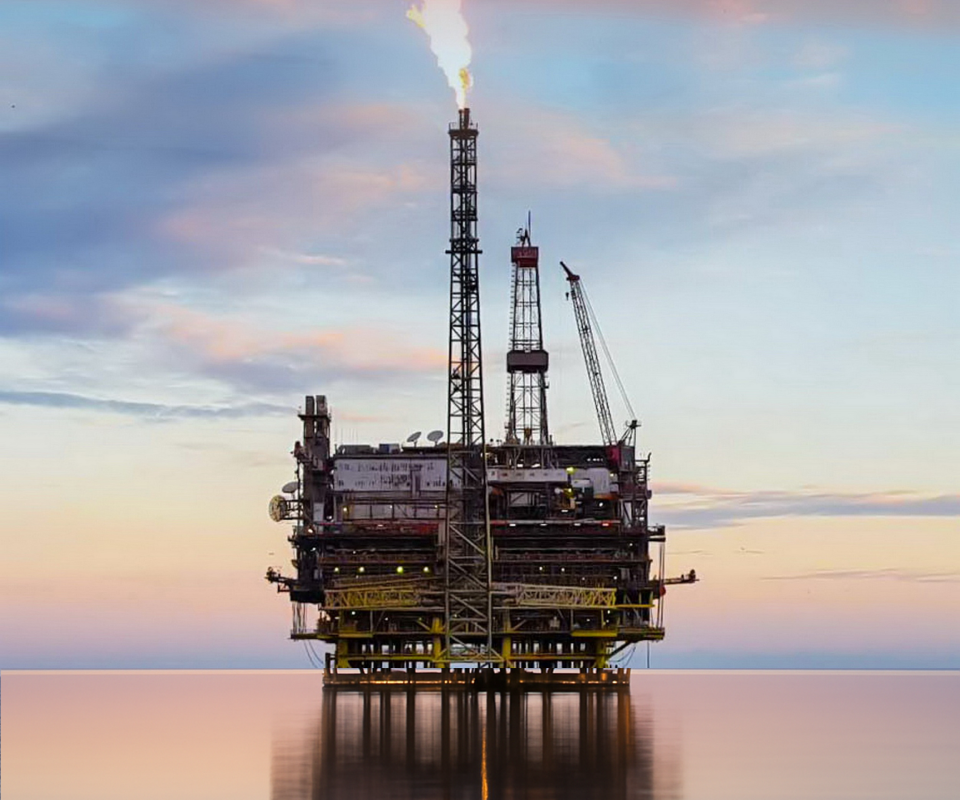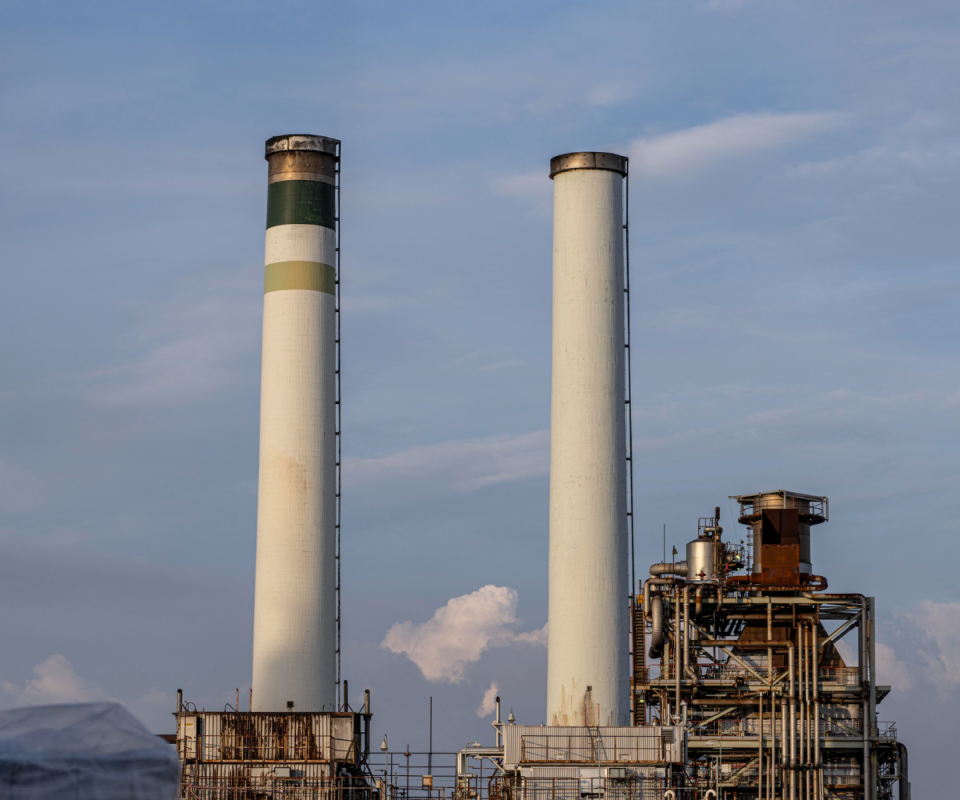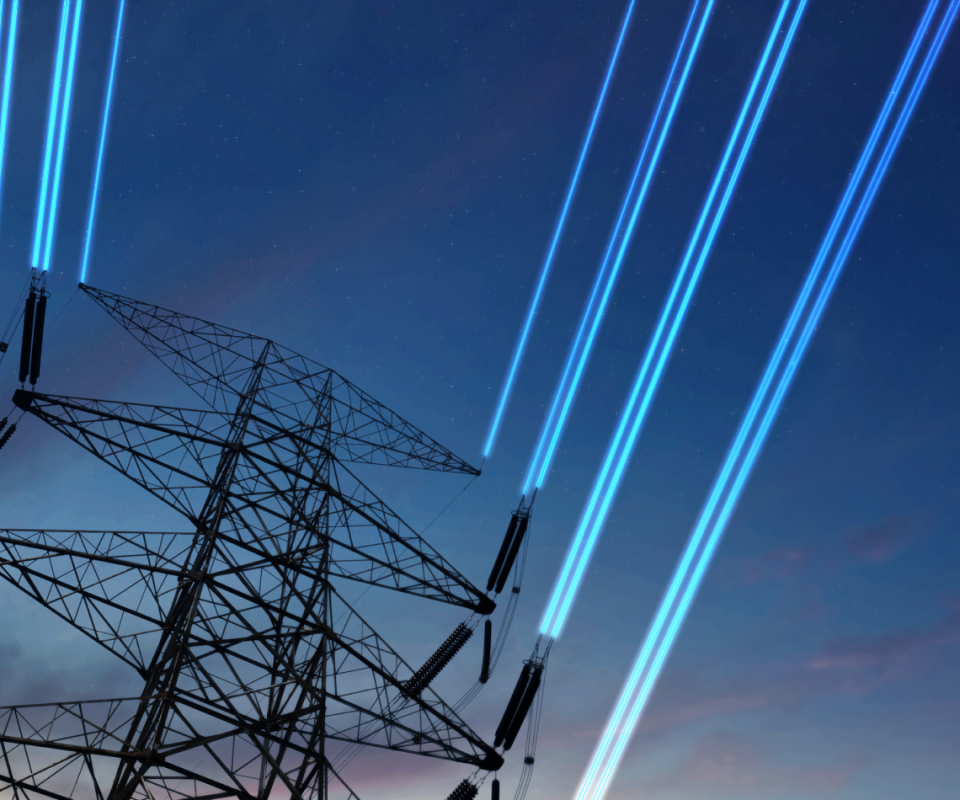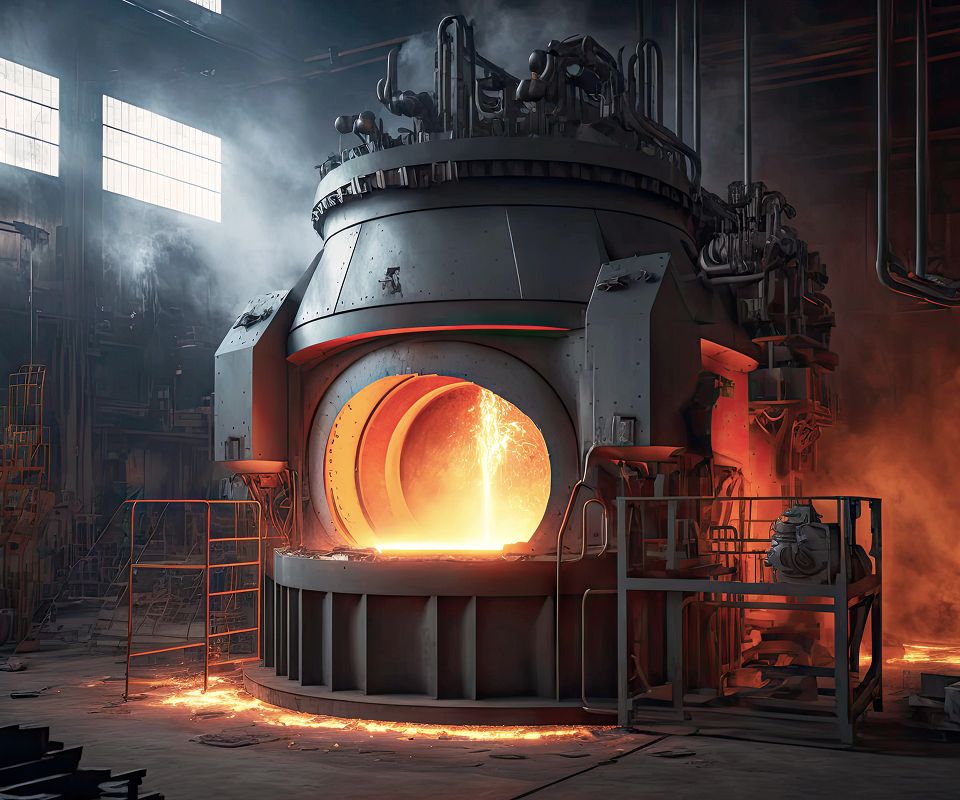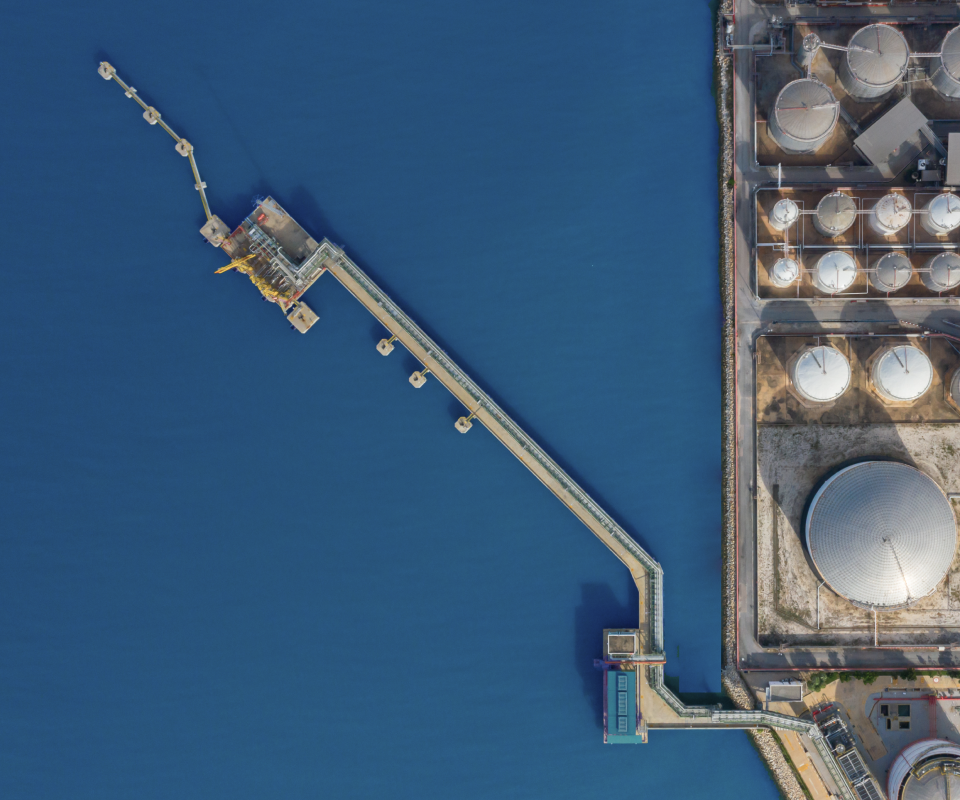Product Features
1. This valve adopts a three eccentric sealing structure, with almost no wear on the valve seat and butterfly plate, and has a sealing function that becomes tighter as viewed.
2. The sealing ring is made of stainless steel, which has the dual advantages of metal hard sealing and elastic sealing. It has excellent sealing performance in both low and high temperatures, corrosion resistance, and long service life.
3. The sealing surface of the disc plate is made of welded cobalt based hard alloy, which is wear-resistant and has a long service life
4. The large-sized butterfly plate adopts a frame structure with high strength, large overcurrent area, and low flow resistance.
5. This valve has a bidirectional sealing function, which is not limited by the flow direction of the medium or the spatial position during installation, and can be installed in any direction.
6. The drive device can be installed in multiple stations (rotated 90 ° or 180 °) for easy user use.
Main Component Materials
Part name and material
Valve body WCB, alloy steel, stainless steel QT450-10
Butterfly plate WCB, alloy steel, stainless steel QT450-10
Valve shaft 2Cr13 stainless steel, alloy steel
Sealing ring stainless steel ring
Filler flexible graphite
Adopting standards
Manufacturing standard JB/T 8527-97
Flange standard GB9113-2000
Structural Length Standard GB12221-89
| Nominal diameter DN (mm) | 50 - 2000 |
| Nominal pressure PN (MPa) | 0.6 1.0 1.6 2.5 |
| Sealing test (MPa) | 0.66 1.1 1.76 2.75 |
| Strength test (MPa) | 0.9 1.5 2.4 3.75 |
| Applicable temperature: Carbon steel | -29°C - 425°C; Stainless steel: -40°C - 650°C |
| Applicable medium | Water, air, natural gas, oil and weakly corrosive fluids |
| Leakage rate | Complies with GB/T13927 - 92 standard |
| Driving mode | Worm gear drive, electric, pneumatic, hydraulic |
(1) Before installation, check that the product model, tag number, and specifications match the requirements. Inspect the entire valve for missing or loose parts.
(2) Prior to installation, clean the pipeline. Ensure there is sufficient straight pipe section at the valve inlet and install a filter. When connecting the valve body to the pipeline flanges, ensure coaxiality.
(3) Thoroughly clean the pipeline before installing the valve.
(4) The installation site should ensure the safety of personnel and equipment, facilitating operation, disassembly, and maintenance.
(5) The valve should be installed vertically upright on horizontal pipelines. If necessary, it can be installed at an angle, but horizontal installation should be avoided. For occasions with heavy valve weight or vibration, use a support frame.
(6) The medium flow direction must align with the arrow on the valve body. The air supply should be dry and oil-free. The valve should be used in environments with temperatures ranging from -20℃ to 55℃.
(1) Cleaning the Valve: For general media, cleaning with water is sufficient. For media harmful to health, first understand their properties and then select an appropriate cleaning method.
(2) Disassembly: Remove rust from exposed rusted parts first. Before derusting, protect the machined surfaces of precision parts such as the valve seat, valve plug, valve stem, and push rod. Use special tools when disassembling the valve seat.
(3) Valve Seat: Minor rust or wear on the sealing surface can be repaired by machining. If damage is severe, replace the seat. However, both repaired and replaced hard sealing surfaces must be lapped.
(4) Valve Stem: If the surface is damaged, it must be replaced.
(5) Damage to Push Rod, Guide, and Sealing Surfaces: Reverse-acting actuators must be replaced; direct-acting actuators can be reused after proper repair.
(6) Compression Spring: If there are cracks or other defects affecting strength, replace it immediately.
(7) Wear Parts: Packing, gaskets, and O-rings must be replaced entirely during each maintenance. Check the valve plug and diaphragm for cracks, aging, or corrosion that may cause future failures. Decide whether to replace them based on inspection results, but the diaphragm service life should not exceed 2-3 years.
(8) When reassembling the valve, ensure alignment. Tighten bolts diagonally and lubricate sliding parts. After reassembly, debug the valve according to the factory test items and methods. During this period, accurately adjust the packing compression force and the valve plug closing position.
-
If the model has not been selected before ordering, please provide us with the operating parameters:
(1) Nominal diameter DN (mm);
(2) Nominal pressure (MPa or bar);
(3) Fluid properties (including medium temperature, viscosity, or acidity/alkalinity);
(4) Pressure before and after the valve (pressure differential);
(5) Requirements for flow characteristics;
(6) Materials of valve body and valve core;
(7) Connection type;
(8) Driving method (provide air supply pressure, driving voltage);
(9) Supporting accessories (for pneumatic valves, it is recommended that users install an air filter triplet and a 2-position 5-way solenoid valve);
(10) On-site working conditions. -
If the product model of our company has been selected by the design unit, please order directly from our production department according to the model;
-
When the application occasion is very important or the pipeline is relatively complex, please provide the design drawings and detailed parameters as much as possible, and our experts will review and check them for you.



